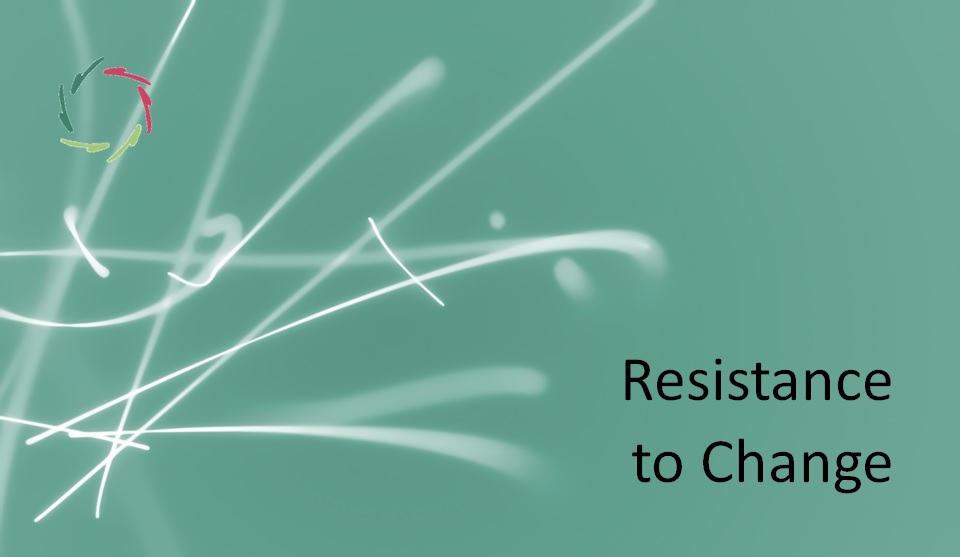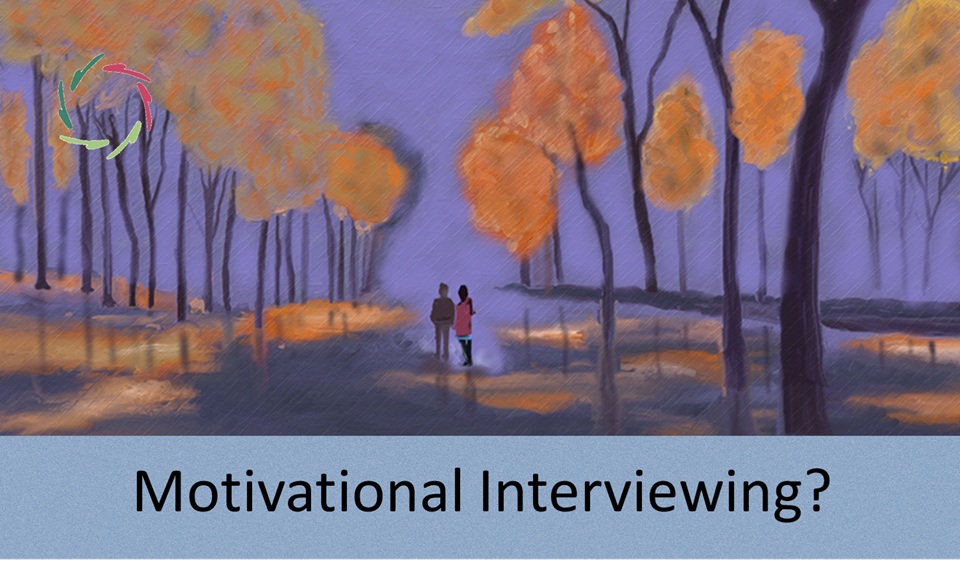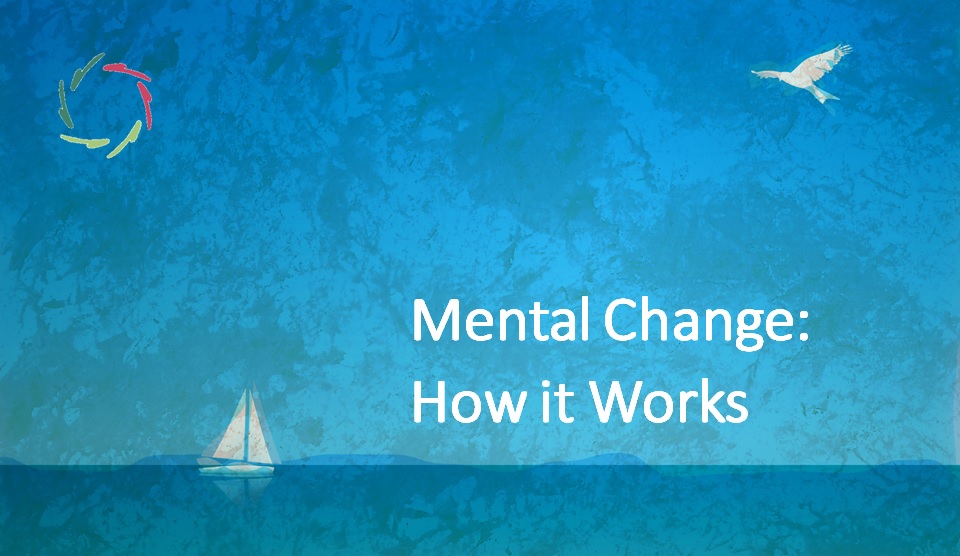Resistance to Change

People may want to change at the surface, but not in-depth. If the cause of some maladaptation lies in depth, change may be simultaneously sought and resisted.
Resistance as fence >< as lack of motivation
A particular reason for not wanting to change is like a mental fence that protects the person from uncomfortable feelings or self-knowledge.
Contrary to this, a person may be ‘just not wanting to change.’ Without any fence, the person acts as if there is one. This kind of resistance to change may be present because maladapted patterns are entrenched in their overlap with many other patterns.
Becoming a patient/client
Many people may experience a combination of both kinds of resistance. Let’s focus on the latter. Here, the person may seek professional help, and at the same time not be inclined at all to let it change him. He may not be aware of why this is the case, even of whether it’s the case.
He may think he just wants help. He may think the healthcare provider or the system is maladapted. He may have already tried several providers and several diverse ways of healing.
“Is nobody willing to help me?”
“Am I hopeless?”
For the healthcare provider, these are ‘difficult clients.’
[see: “Is Change Difficult?“]
It is said that almost half of the clients in a psychotherapist’s consultation room are difficult and in need of an expert therapist. Therefore, the search is on for what makes a therapist better suited for the needs of such clients.
In many cases, what is really happening is that the therapist may not be looking in the right direction. Thus, he may try to change the client, but this client principally doesn’t want to be changed.
Resistance to being-changed
In therapy, the entrenchment of patterns leads to resistance of the second kind against being-changed.
Think of sticky spaghetti. If you pull a little bit at one strand of this spaghetti, several others follow. The resistance against your drawing does not come from the one but the many. Also, there is no screen between you and the spaghetti. The resistance comes from the base. More distributed patterns (longer spaghetti strands) such as from early childhood are an even bigger challenge. This is also why people are reluctant/’resistant’ to change in personality.
The healthy mind/brain likes to ‘change from inside’ (letting the entrenched patterns find their own new place), but frequently not to be changed. The unhealthy mind/brain may not like to change, nor to be changed.
A piece of advice to any therapist: Do not (try to) change your difficult clients.
So?
Any attempt to change from the outside will be principally challenging. Through resistance, it may work contra-productively. Therapy that aims to take away protective layers may even be perceived in-depth as a threat. The client may keep visiting the therapist for temporary (superficial) relief yet may increasingly get stuck in the habit of not changing.
Therefore, with difficult clients more than ever, the therapist must proceed from the inside out. [see: “Mental Change: How it Works“]
Within AURELIS, the needed communication with the mental-neuronal patterns (‘subconceptual communication’) is accomplished through autosuggestion. [see: “Mental Patterns Change through Autosuggestion“] Through this, resistance is far less needed. The result is growth from the inside out, not a being changed from the outside. [see: “How to Turn a Square into a Circle“]
Towards durability
What the spaghetti image doesn’t show is the need for consolidation.
Change is not permanent when many associated patterns glide back into their former positions, rekindling the maladaptive one(s), or forming part of the mal-adaptation. From afar, this may look like ‘resistance by putting up the fence again,’ but what happens is a natural flowing back of patterns.
This is why consolidation is crucial after any change, even when the change seems to be well embedded.
Compassion lies in seeing all this as a cause of suffering, and in acting upon it.


